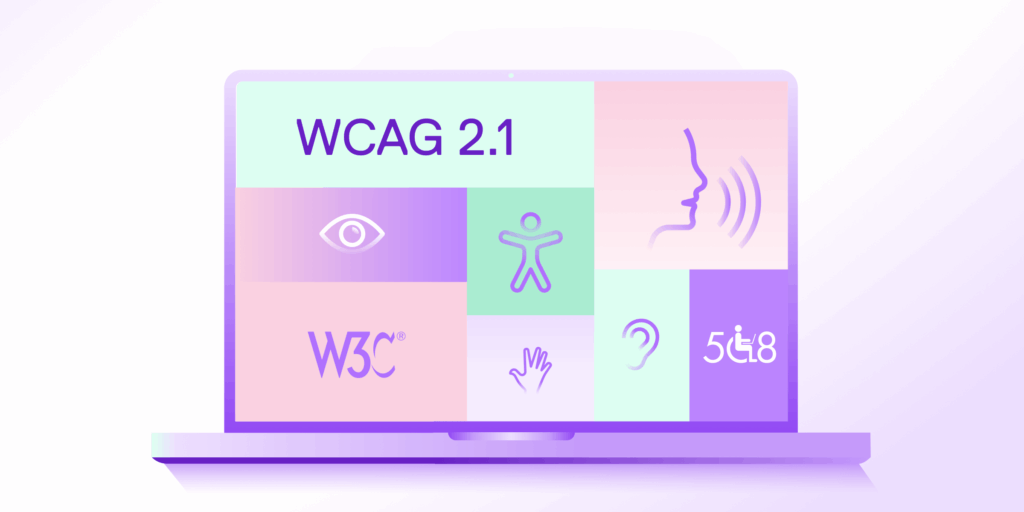Teaching is both an art and a science. It requires patience, strong content knowledge and the right delivery to ensure students are engaged. These tenets of effective teaching are especially important in online and blended learning environments where connections with students can be harder to come by.
Most educators have been teaching online since the outbreak of COVID-19. With nearly two semesters under your belt, now may be a good time to reflect on how far you’ve come and where there could be room for improvement. Here we provide eight strategies for up-leveling your online teaching.
1. Keep it simple
More isn’t always better. Instead of assigning large amounts of reading, consider breaking it up with other approaches, like using videos, real-world case studies and class discussions.
2. Take time to go over expectations
Communication and clarity are even more important in blended and online learning environments. Take time to make your course expectations clear. Be sure to orient students to the tools and technologies they’ll be using for assignments and to participate in class. You can also walk them through the grading process and provide examples of what good looks like for assessments and assignments to set them up for success.
3. Get students thinking critically
Consider focusing on critical thinking and analysis as the end goals of your course. Critical thinking encourages students to ask pertinent questions, evaluate statements and arguments and distinguish between facts and opinions. Instructors can use examples and deliberate practice exercises to show students how they can apply critical-thinking techniques to real-world case studies and current events.
4. Consider implementing frequent low-stakes assessments
Try to include opportunities to test students more frequently in your syllabus. This way, you can create a feedback loop and identify struggling students earlier. They also provide opportunities for students to iterate on their learning and improve over the course of the term. Low-stakes assessments can be used for a grade, to assess comprehension or both.
5. Seek an outside perspective
Centers for Teaching and Learning often have resources and consultations available for professors to help them improve. Consider asking an on-campus instructional designer or accessibility specialist to take a look at your course set up to identify opportunities to strengthen your teaching practice.
6. Assess yourself through regular self-reflection
To self-assess your own teaching, determine a few objectives that you can use to measure your own progress. Then, record and rewatch lectures to see where you are succeeding and where improvements can be made.
7. Get students involved
Try including one activity each week that gets students interacting or working together. This could mean hosting a discussion or breaking students into groups to tackle a case study. You can take this a step further by flipping your classroom for one lecture. Have students view a lecture recording covering key concepts beforehand and use the in-class time for collaborative activities that get them to apply what they have learned.
8. Build a community wherever you can
A sense of community and belonging can have a significant bearing on student success. Consider reaching out to students before the term gets underway to introduce yourself. In the first week of class, conduct a student interest inventory and use these insights to create connections between course content and your students’ backgrounds and interests. And make time for activities that get students collaborating and working together in your syllabus.
Each instructor knows what will work best for them and their students. However, there is always room for increasing engagement and collaboration in every classroom. As online and blended learning continues, it is important to keep these elements in mind.
Click here to learn about Top Hat’s suite of tools designed to facilitate active learning in online, blended and face-to-face learning environments.


